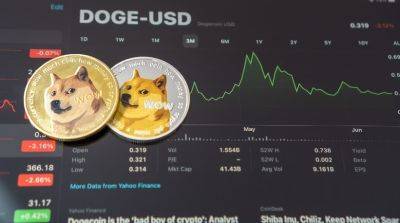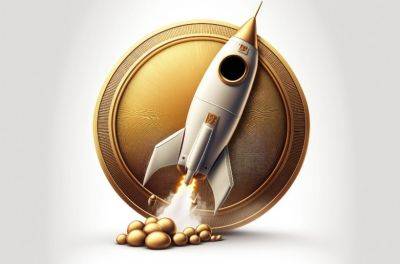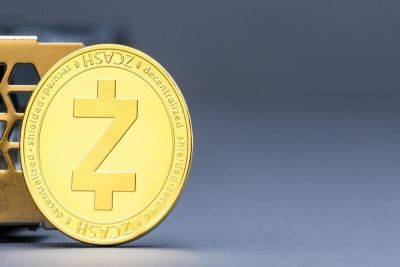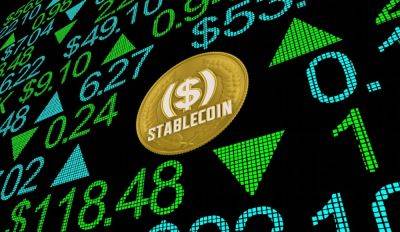Bitcoin’s Path to a Supercycle: Will 2024 Mark the End of Dramatic Downturns?
The idea of a Bitcoin supercycle, first introduced by Bitcoin educator Dan Held in 2020, is once again gaining traction in the community as Bitcoin is entering what some believe could be another long-term bullish phase.
The key driver behind this potential supercycle is a combination of factors, including Bitcoin’s programmed halving cycle every four years, increased institutional adoption, and the expansion of use cases such as the Lightning Network and potentially Bitcoin-based non-fungible tokens (NFTs) known as Ordinals.
It is believed that once these factors fully play out, Bitcoin – and perhaps crypto more broadly – will no longer be subject to the traditional boom-and-bust pattern observed in previous market cycles.
Despite these elements already being present to some extent, however, the previous cycle did not prevent another sharp market downturn that began at the end of 2021.
However, the landscape may now be shifting, particularly in the United States, which constitutes a significant portion of global equity markets, crypto news outlet Cointelegraph speculated in an article from Thursday.
The potential approval of spot Bitcoin exchange-traded funds (ETFs) in the US, exemplified by BlackRock’s application in June 2023, could provide the necessary institutional support that a Bitcoin supercycle would need.
Meanwhile, the recent downgrades in the US credit rating by major agencies like Standard and Poor’s, Moody’s Investors Service, and Fitch Ratings also raise questions about the stability of the US dollar.
If hyperinflation becomes a concern, Bitcoin could emerge as a safe haven, mirroring trends observed in other countries facing economic uncertainties, the Cointelegraph report noted.
The ongoing trend of
Read more on cryptonews.com



















